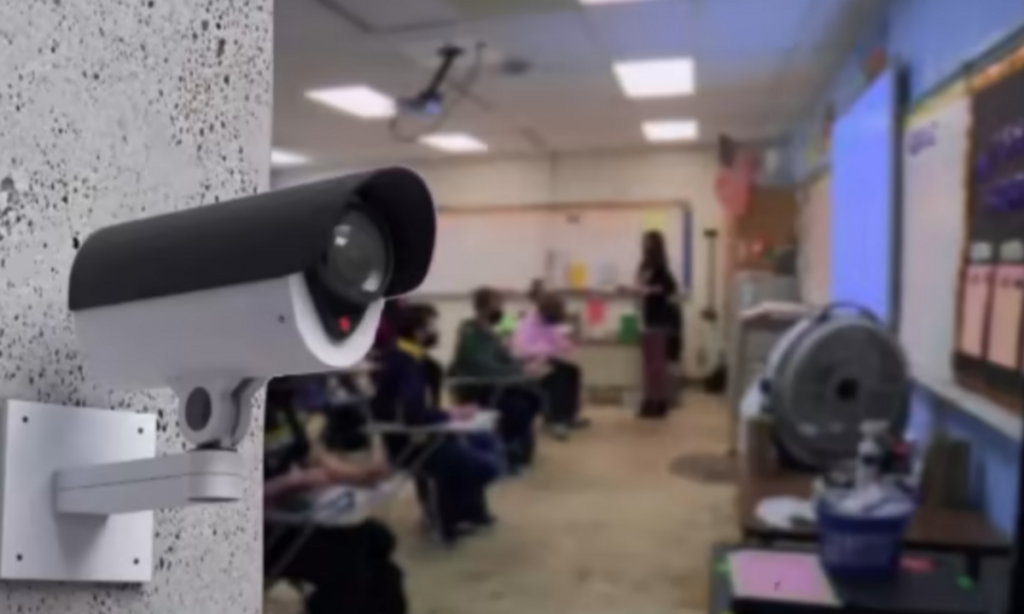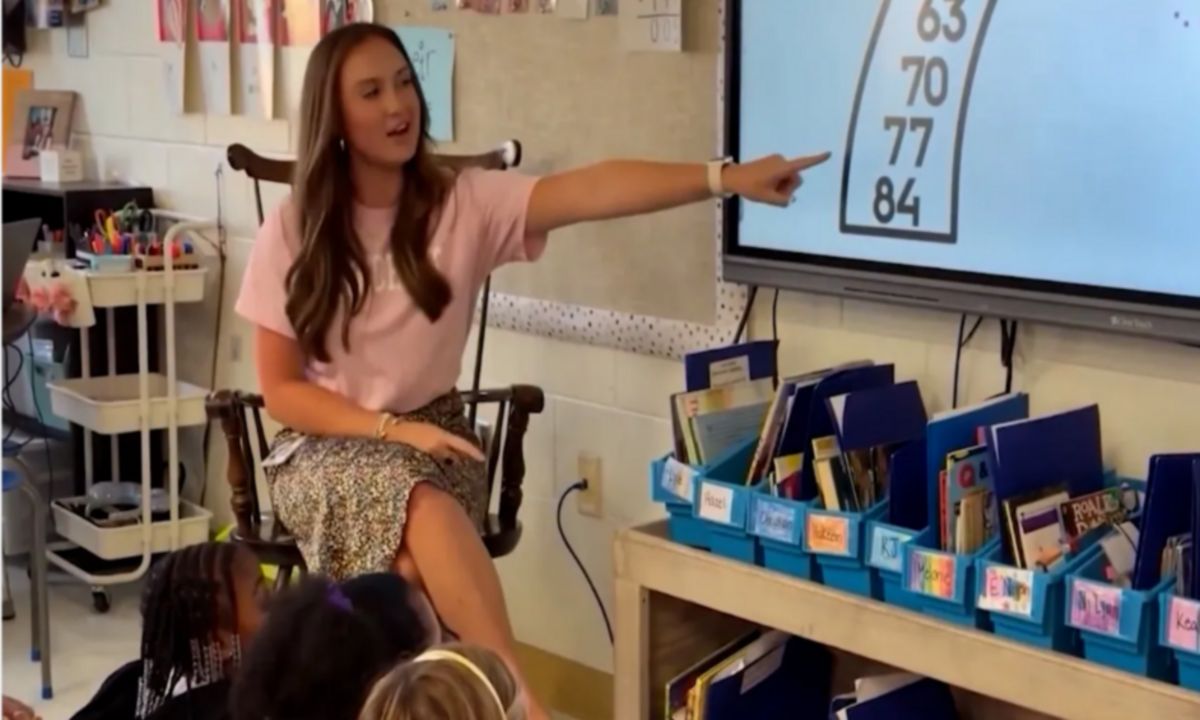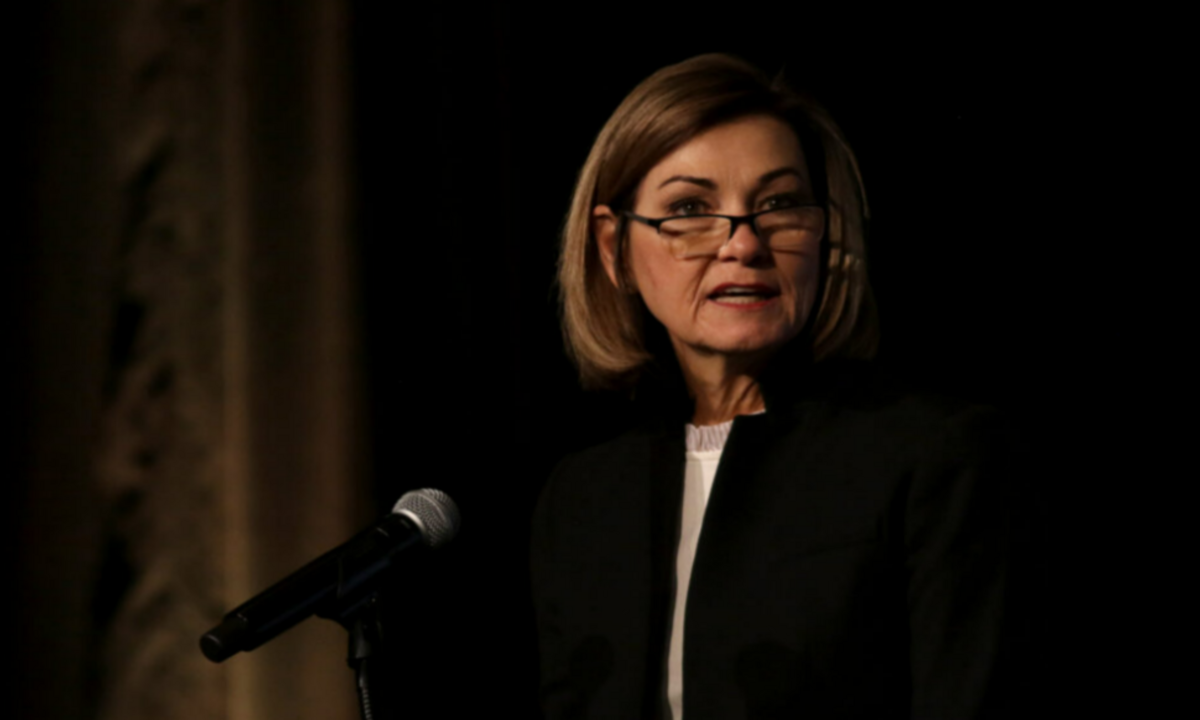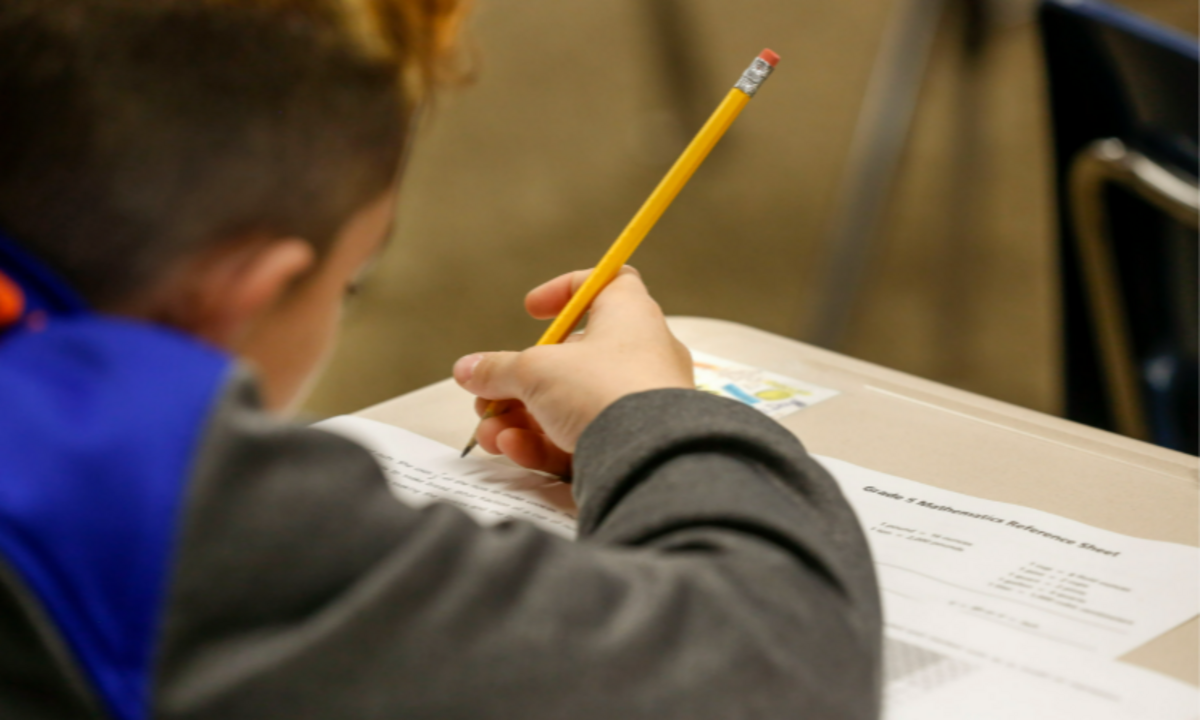A new bill introduced in South Carolina could significantly change the way education is monitored in public schools. If passed, the proposed law would require all K-12 public schools in the state to install cameras inside classrooms, raising debates over transparency, privacy, teacher accountability, and funding.
The Bill’s Purpose
Representative Mike Burns (R-Greenville), who pre-filed the bill, stated that its goal is to ensure students are only taught what is appropriate within the curriculum. Burns emphasized the importance of maintaining boundaries and preventing the introduction of topics such as diversity, equity, inclusion (DEI), or discussions on sexual orientation that he claims are unnecessary in schools.
“I don’t think many teachers in the state are crossing the line, but with the current climate and pushback, parents want guardrails,” said Burns. “This bill ensures children are protected from content they shouldn’t be exposed to.”
Consent and Privacy Protections
The bill outlines that teachers, students, and parents must provide consent before cameras are installed, with consent requirements varying depending on whether the student is under or over 18 years old. Additionally, privacy safeguards would be implemented by blurring the faces of teachers and students in the recorded footage.
Despite these privacy measures, educators and advocates have raised concerns about how the bill could disrupt the teaching profession and create new challenges for schools.
Teachers Speak Out Against the Proposal
Sherry East, president of the South Carolina Education Association, expressed opposition to the bill, noting that many teachers view it as a step too far.
“Teachers are already under immense pressure, and this would be the final straw for many of them,” said East. “The primary focus should be on teaching and learning, but this bill creates distractions and stress that would make educators reconsider staying in the profession.”
East also highlighted the potential impact on recruitment, stating that new teachers may hesitate to enter the field if constant surveillance becomes part of the job.
Financial Implications and Feasibility
Another significant concern is the cost of implementing the bill. Installing and monitoring cameras in classrooms across all K-12 public schools would require substantial funding.
“We’re already struggling with basic resources like school supplies and materials,” said East. “This initiative would drain districts financially—not just for installation but also for ongoing monitoring and maintenance.”
Burns, however, dismissed concerns about costs, saying the funds are already available.
“Schools have $10–11 billion in federal and state funding for education,” Burns explained. “Most districts already use technology to record activities in hallways and lunchrooms, so adding cameras to classrooms isn’t a major stretch.”
Supporters Call for Accountability
Proponents of the bill argue that it promotes accountability for both teachers and students. Burns believes that if teachers are following the curriculum as they should, cameras should not pose a problem.
“This is about accountability. Teachers who are doing their jobs properly have nothing to fear,” Burns said.
The bill would also provide parents with reassurance that their children are receiving appropriate instruction without deviations from the state-approved curriculum.

What’s Next for the Bill
On January 14, the bill was referred to the Committee on Education and Public Works. Its future remains uncertain, but it has already sparked a heated debate among educators, lawmakers, and parents.
Supporters see it as a necessary step for transparency and maintaining trust in the education system, while critics argue that it could further strain already underfunded schools and alienate teachers.
As discussions continue, the proposed legislation serves as a reminder of the broader national conversation about the role of surveillance and accountability in education.
Disclaimer—Our team has checked this article to ensure its accuracy and eliminate any misinformation. We are committed to providing clear and reliable information for our readers.




